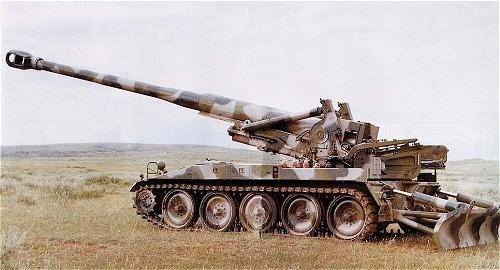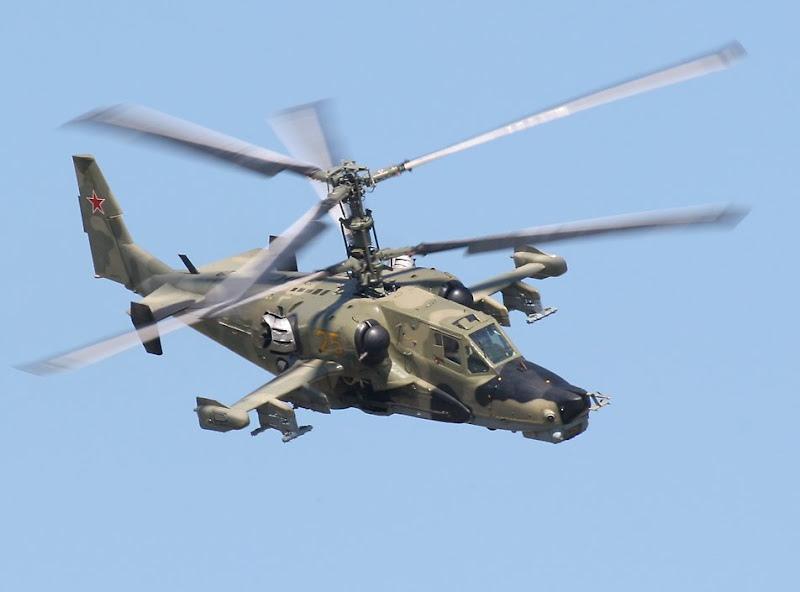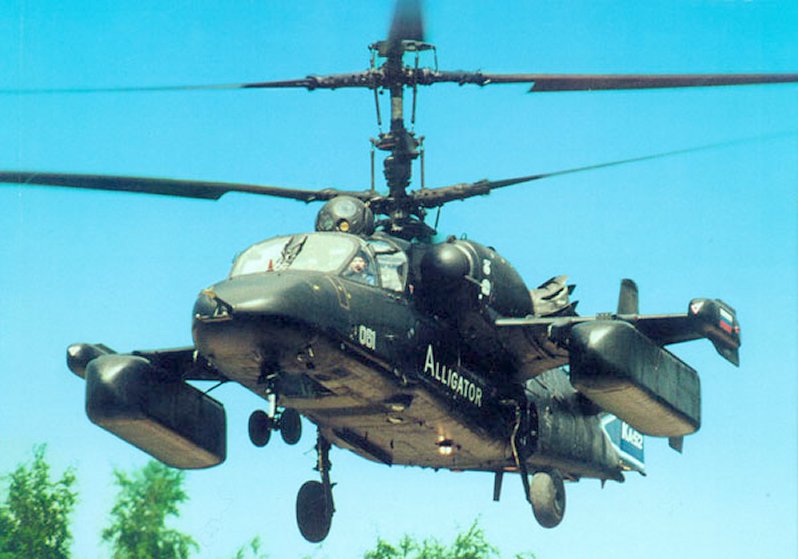 |
ტოპ მომხმარებლები |
 |
 |
| Admin Generalissimo | სიახლე: კომენტარი: პოსტი: | 1503 237 217 |
| Checked Major | სიახლე: კომენტარი: პოსტი: | 215 207 29 |
| Moder Major | სიახლე: კომენტარი: პოსტი: | 122 185 87 |
| Admin Colonel general | სიახლე: კომენტარი: პოსტი: | 51 93 11 |
| Checked Private | სიახლე: კომენტარი: პოსტი: | 27 49 5 |
|  |
 |
 |
 |
|
 |
AIDC F-CK-1 Ching Kuo |
 |
 |
 ] ]
Taiwan's ambitious programme to develop an advanced fighter to replace its fleet of F-5s and F-104s began in 1982, after the US government placed an embargo on the sale of the Northrop F-20 and any comparable fighter. The same restrictions were not placed on technical assistance, however, and US aerospace companies have collaborated closely with AIDC to develop an indigenous fighter and weapons system. Assistance has been provided by General Dynamics (airframe), Garrett (propulsion), Westinghouse (radar) and a Smiths Industries-led team (avionics). The aircraft is equipped with a Golden Dragon GD-53 multi-mode pulse-Doppler radar based on the AN/APG-67(V) developed for the F-20, but incorporating some technology from the Westinghouse AN/APG-66 unit used by the F-16A. Of mostly conventional all-metal construction, the Ching Kuo is of conventional configuration, albeit with wing/fuselage blending. The pilot sits on a Martin-Baker Mk 12 ejection seat and the pressurized cockpit is fitted with a sidestick controller, a wide-angle head-up display, and three multi-function look-down displays. The first prototype made its maiden flight on 28 May 1989, and on 10 February 1994, the Republic of China Air Force's No7 Squadron publicly unveiled its aircraft, which included two production single-seaters (designated F-CK-1A) and two production two-seater conversion trainers (F-CK-1B). In March 1993, the coun
...
კითხვის გაგრძელება »
|
 |
 |
 |
 |
 |
Impeccable class |
 |
 |

The Impeccable is a sole ship in it's class. It is the newest US Navy's ocean surveillance ship, which was designed to gather acoustic data, to detect and track submarines. Originally five ships of this class were planned, however remaining four ships were never built. Hull of this ship is catamaran-type, based on Victorious class. It is larger and faster than it's predecessors. Twin-hull design has a greater stability at low speeds under adverse weather conditions. It prevents vessel from rolling in heavy seas and gives additional deck space. The Impeccable is on of the quietest surface vessels in the US Navy, outside the submarines. Vessel is built to tow two underwater listening devices. It has both active and passive capabilities. It collects, processes and transmits anti-submarine warfare data via satellite to shore stations. In addition to acoustic equipment, the Impeccable carries extensive suite of navigation, communications, command and control equipment. Crew onboard the ship consists of 25 civilian mariners and 20 navy personnel. Vessel carries no armament. The Impeccable class ship is powered by a diesel-electric propulsion system, that generates 5 000 shp. It is also fitted with omni-thruster hydrojets, developing 1 800 hp. The Impeccable has a maximum speed of 13 knots, which reduces to 3 knots,
...
კითხვის გაგრძელება »
|
 |
 |
 |
 |
 |
10 sauketeso qvemexi |
 |
 |
 10 K9 Thunder 155-mm  9 T-155 Firtina 155-mm  8 M52T 155-mm  7 M777 Portee 155-mm  6 AS90 155-mm  5 Archer 155-mm  4 XM2001 Crusader 155-mm  3 M110 210-mm  2 M109A6 Paladin 155-mm  1 XM1203 NLOS-C 155-mm  |
 |
 |
 |
 |
 |
qartuli xurotmodzgvrebis dzeglebi |
 |
 |
1. აბაათა. აფხაზეთი. სამეკლესიანი ბაზილიკა. ადრეშუასაუკუნეები 2. აბანო. გამაგრებული საცხოვრებელი ადგილი. შუა საუკუნეები 3. აბასთუმანი (ისტორიული ოძრახე). ძვ.წ. საუკუნეები 4. აბისი. გამაგრებული სარეზიდენციო. გვიანშუასაუკუნეები 5. აბული. ციკლოპური გამაგრებული კომპლექსი. ძვ.წ. საუკუნეები 6. ადიში. დარბაზული ეკლესია. X-XI სს. 7. ავრანლო. ციკლოპური გამაგრებული საცხოვრებელი. ძვ.წ. III - II ათასწლეულები 8. აიაზმა. დარბაზული ეკლესია.VI-VII სს. 9. აკაურთა. სამნავიანო ბაზილიკა. VI ს. 10. აკვანება. დარბაზული ეკლესია.VI ს. 11. აკურა. სამნავიანო ბაზილიკა. IX ს. 12. ალავერდი. გუმბათიანი ტაძარი - XI ს.; სხვა ნაგებობები - X-XVIII სს. 13. ალბიერდი. დარბაზული ეკლესია. განვითარებული შუა საუკუნეები 14. ამამლო. დარბაზული ეკლესია. განვითარებული შუა საუკუნეები 15. ამბარა. აფხაზეთი. სამეკლესიანი ბაზილიკა. VIII- IX სს. 16. ამიტყლი. დარბაზული ეკლესია. XII-XIII სს. 17. ანანური. სარეზიდენციო ანსამბლი. XVI-XVIII სს. 18. ანჩა. დარბაზული ეკლესია. IX-X სს. 19. არდოთი. კოშკური გამაგრებული დასახლება. შუა საუკუნეები 20. არეში (მთის ძირი). სამნავიანი ბაზილიკა. ადრეშუასაუკუნეები 21. ართვინი. ნაქალაქარი. ადრეშუასაუკუნეები 22. არტანუჯი. ნაქალაქარი. ადრეშუასაუკუნეები 23. აჟარა. აფხაზეთი. შუა საუკუნეები 24. ასკანა. ციხე. შუა საუკუნეები 25. ასპინძა. ციხე. შუა საუკუნეები 26. ატენი. გუმბათიანი ტაძარი - VII ს.; მცირე გუმბათიანი ეკლესია - VIII-IX სს.; ციხე - X-XI სს. 27. “აფხაზეთის კედელის” გამაგრებული სისტემა კელასური
...
კითხვის გაგრძელება »
|
 |
 |
 |
 |
 |
10 sauketeso vertmfreni |
 |
 |
 10 Z-10  9 OH-1  8 MI-24  7 KA-50  6 MI-28N  5 OH-58  4 KA-52  3 APACHE  2 TIGER  1 COMANCHE  |
 |
 |
 |
 | « 1 2 ... 33 34 35 36 37 ... 40 41 » |
|
 |
მეგობრები |
 |
 |
|
 |
 |
 |
 | |



